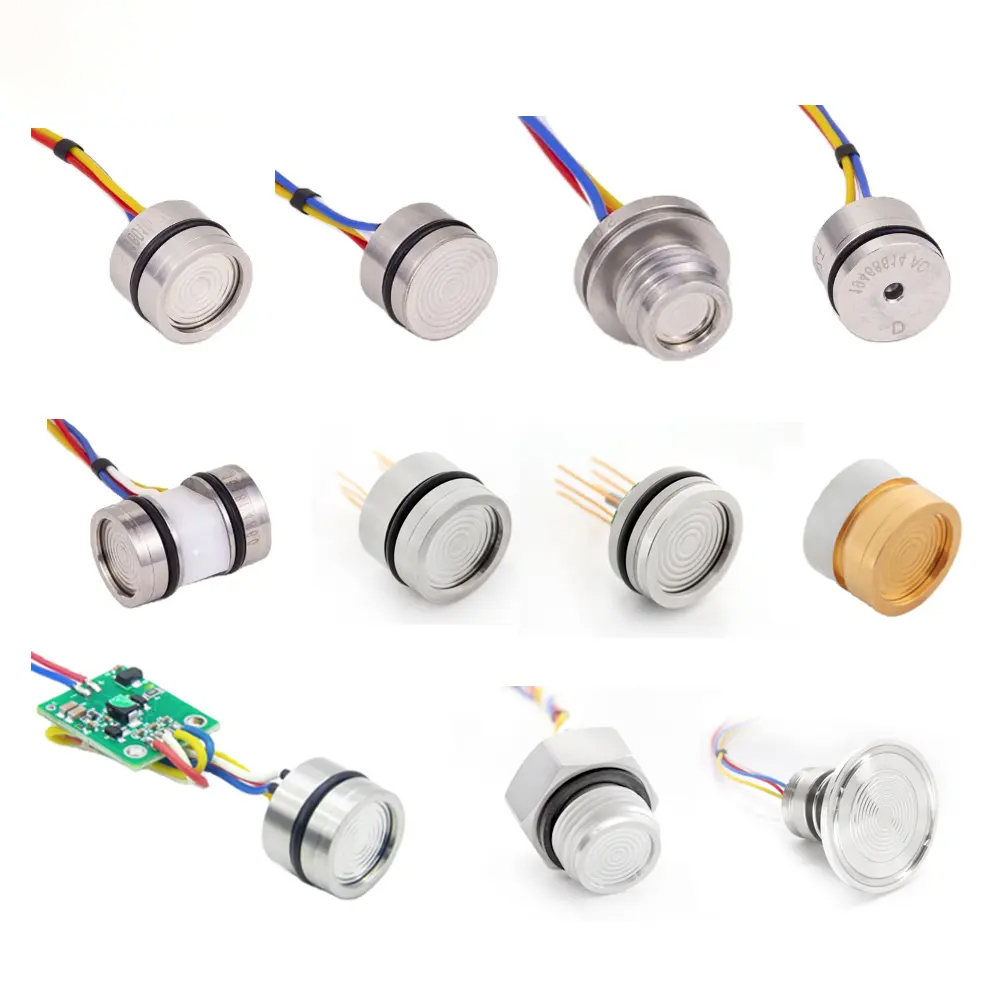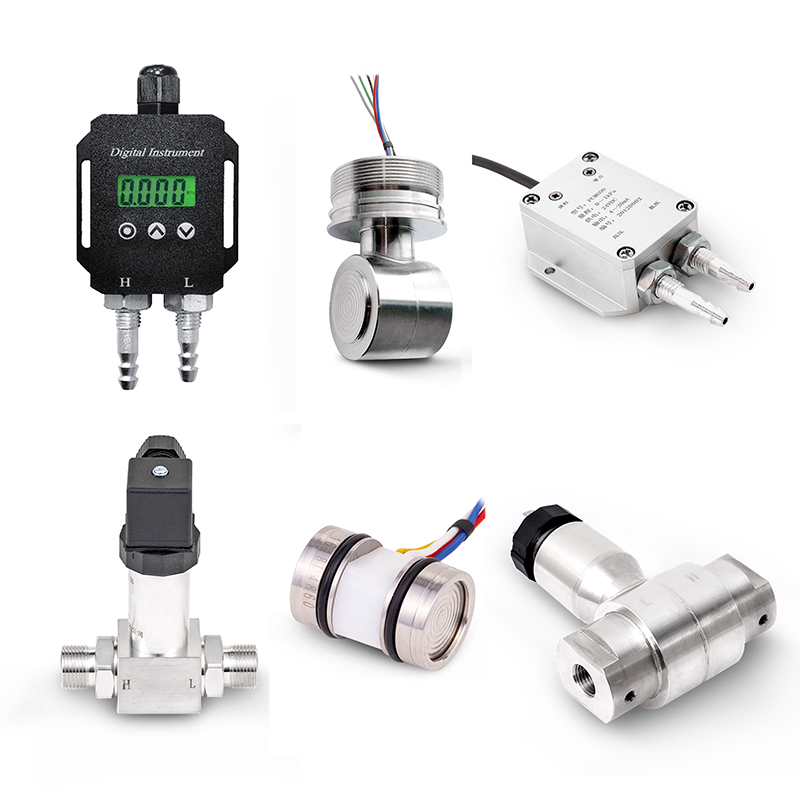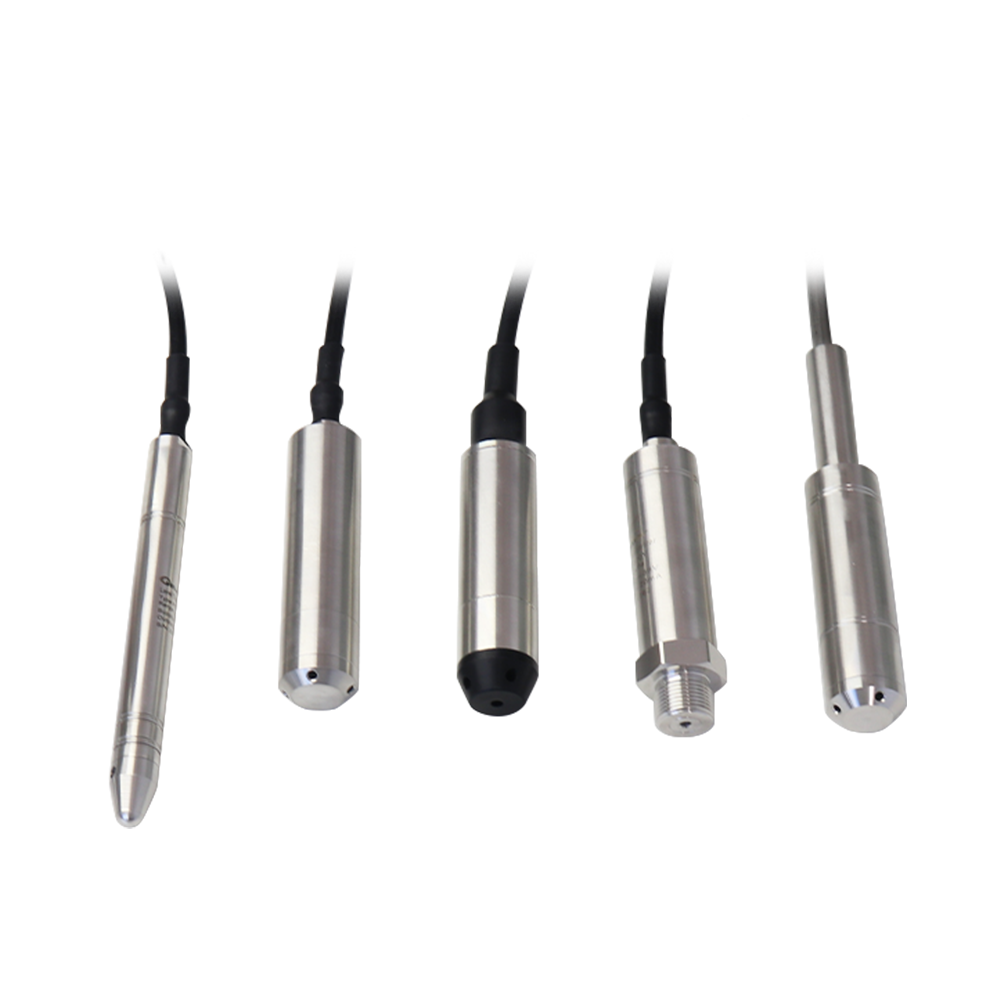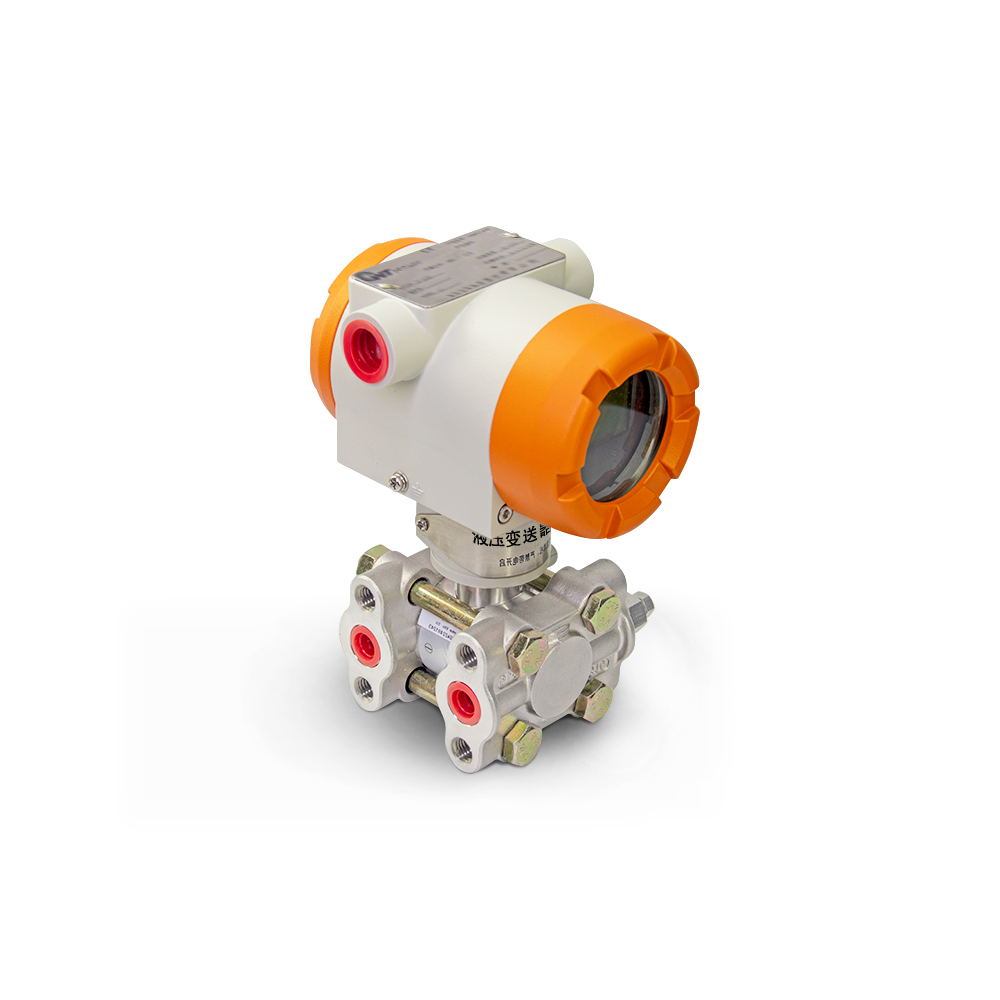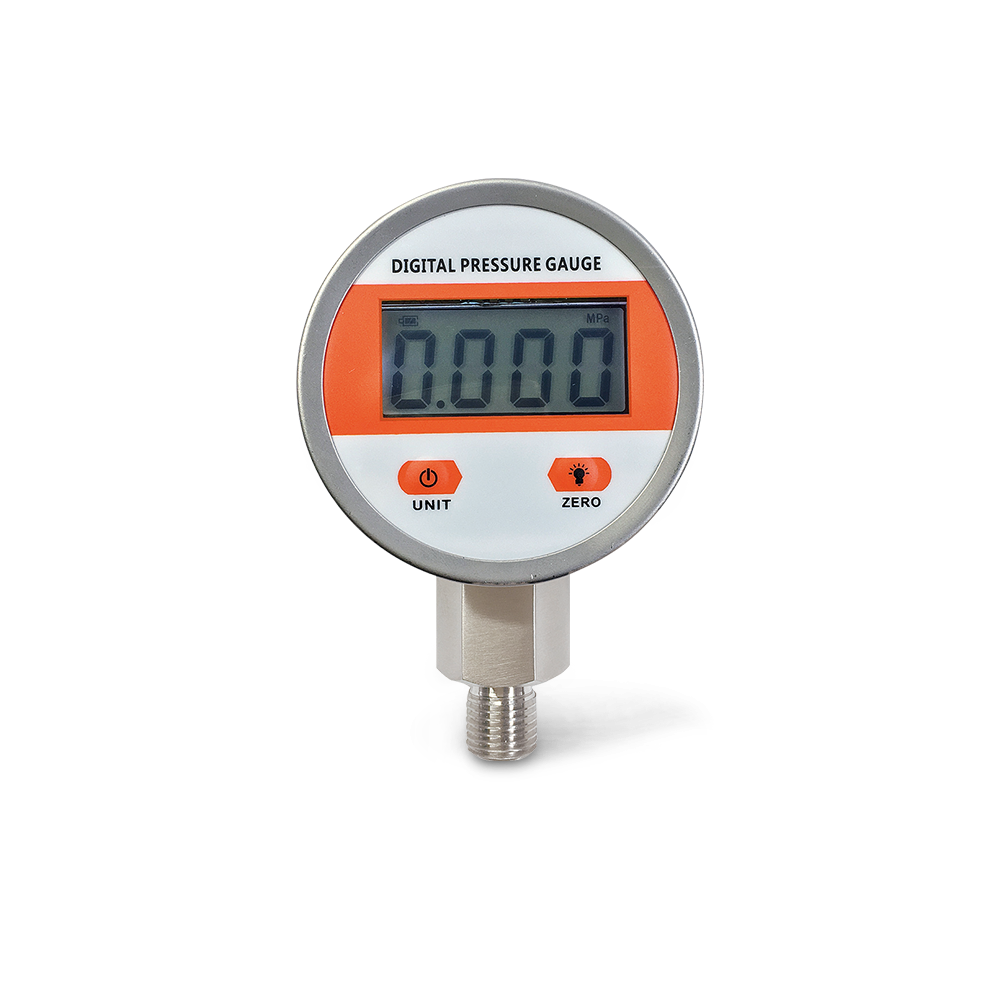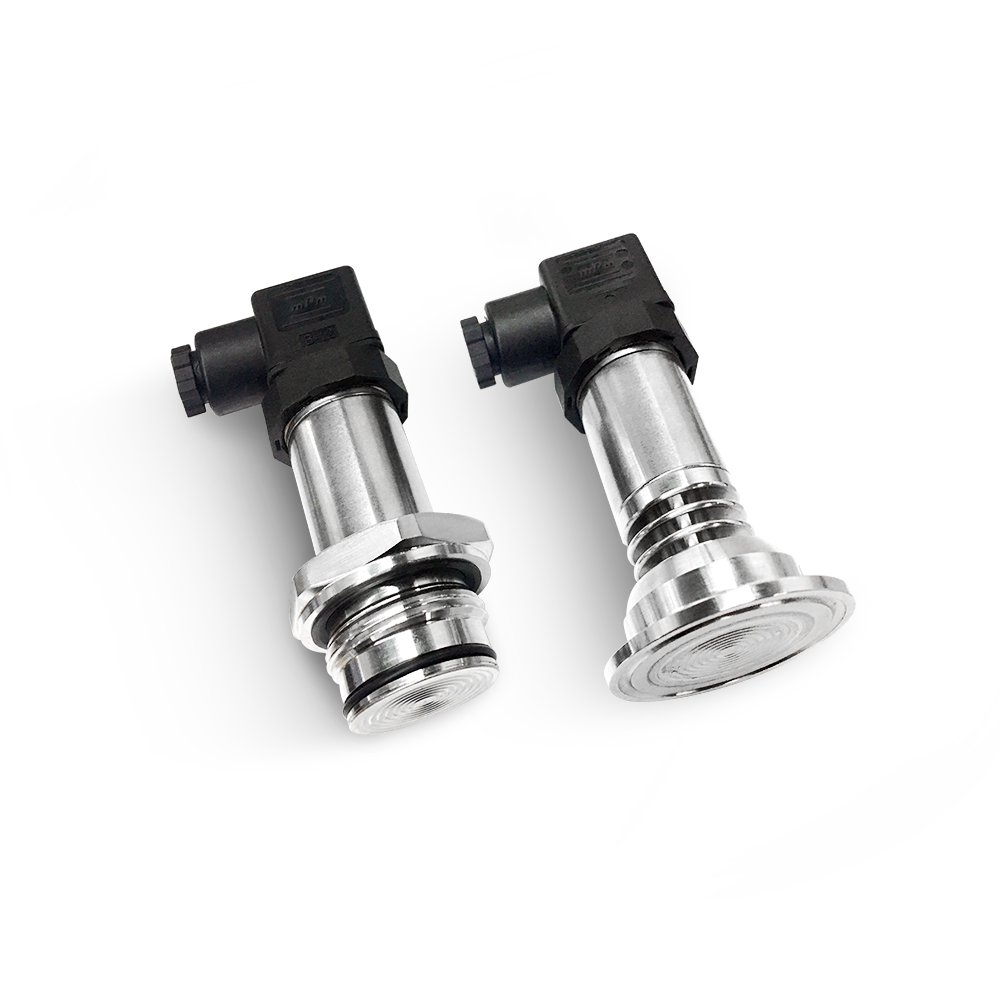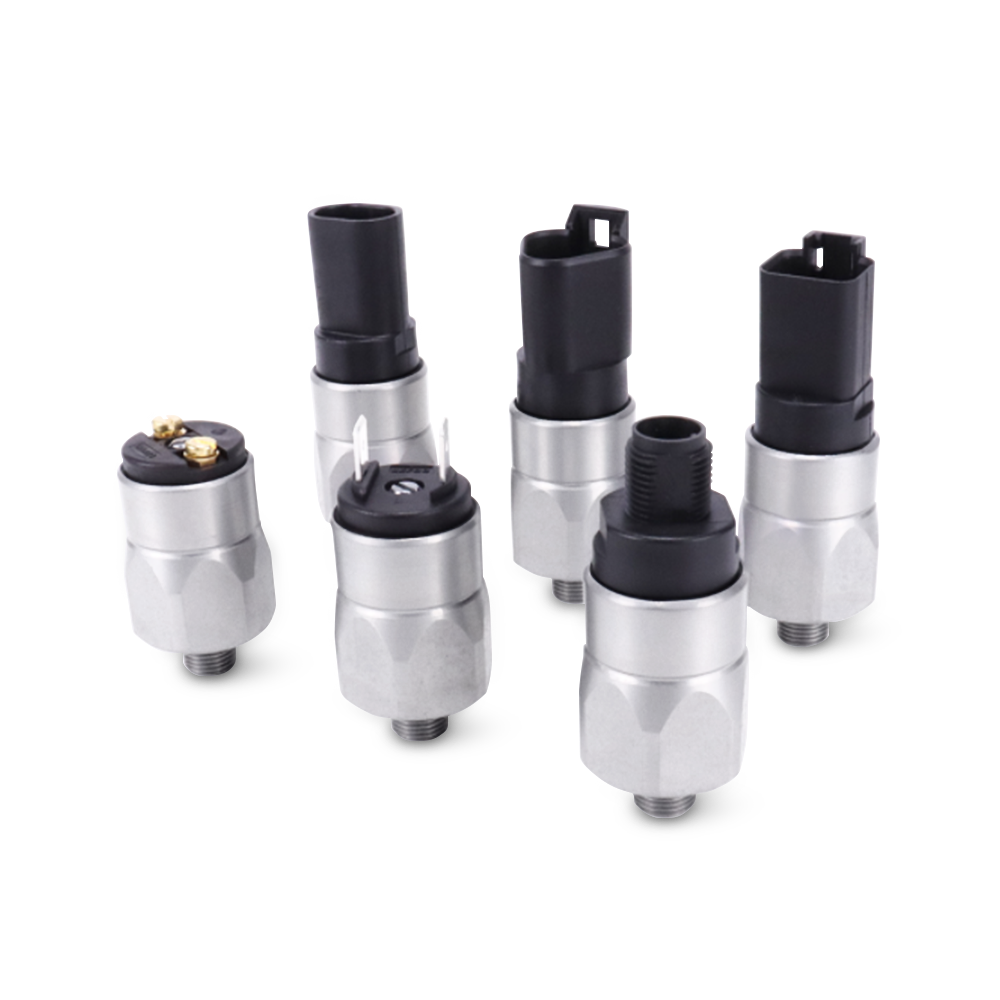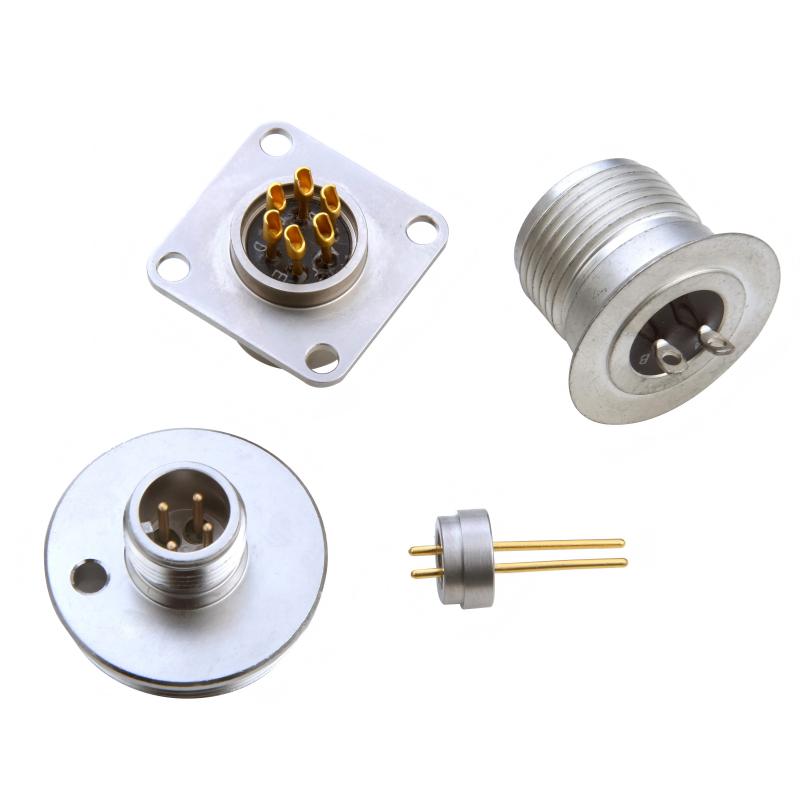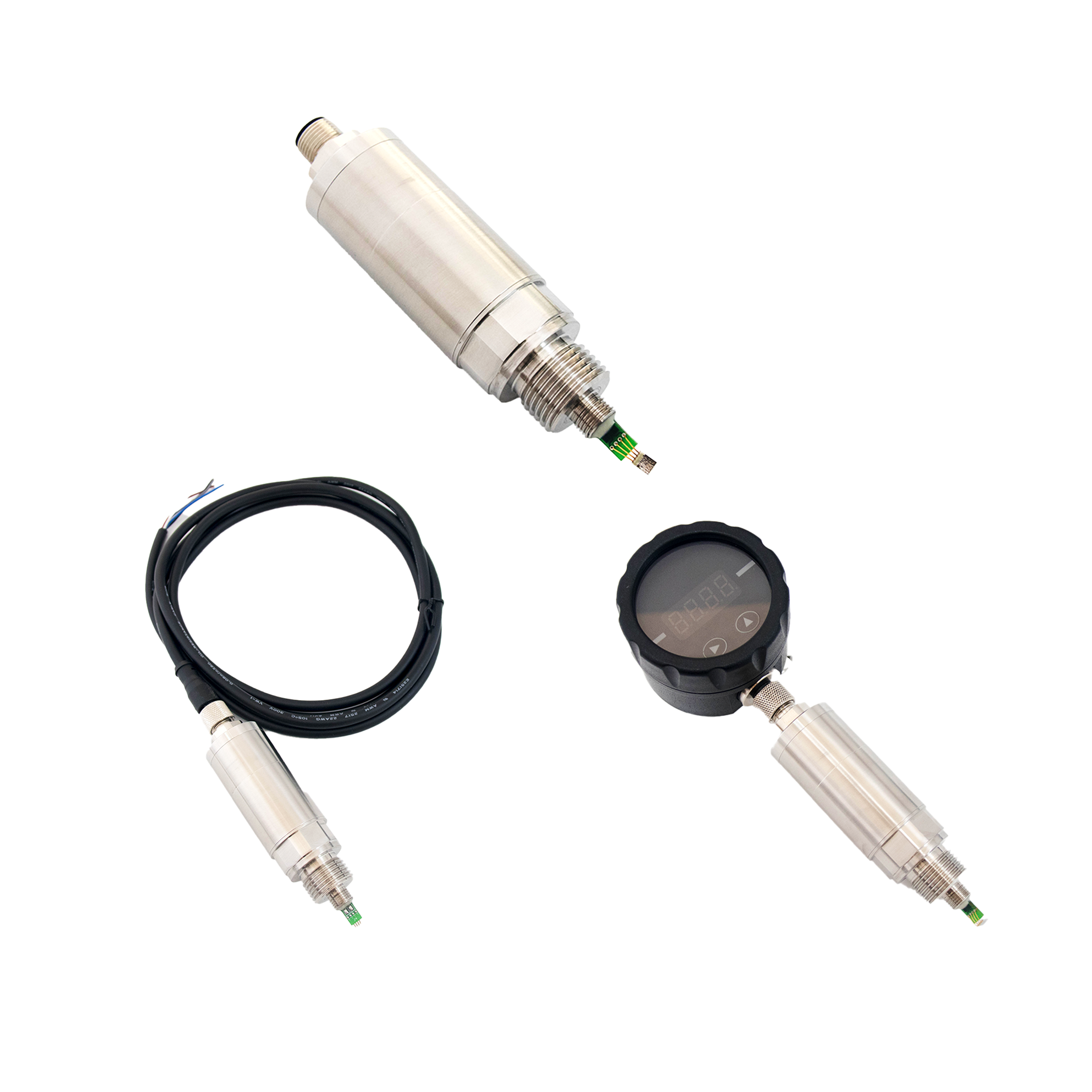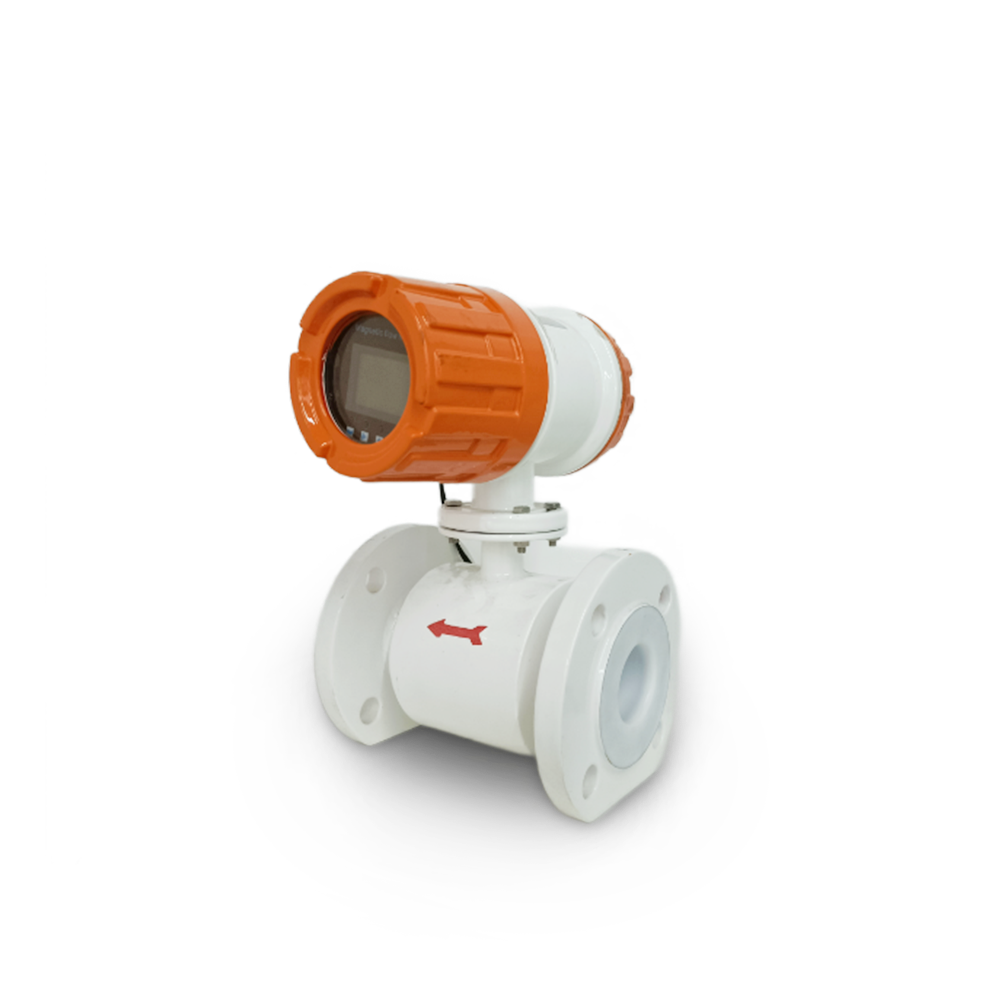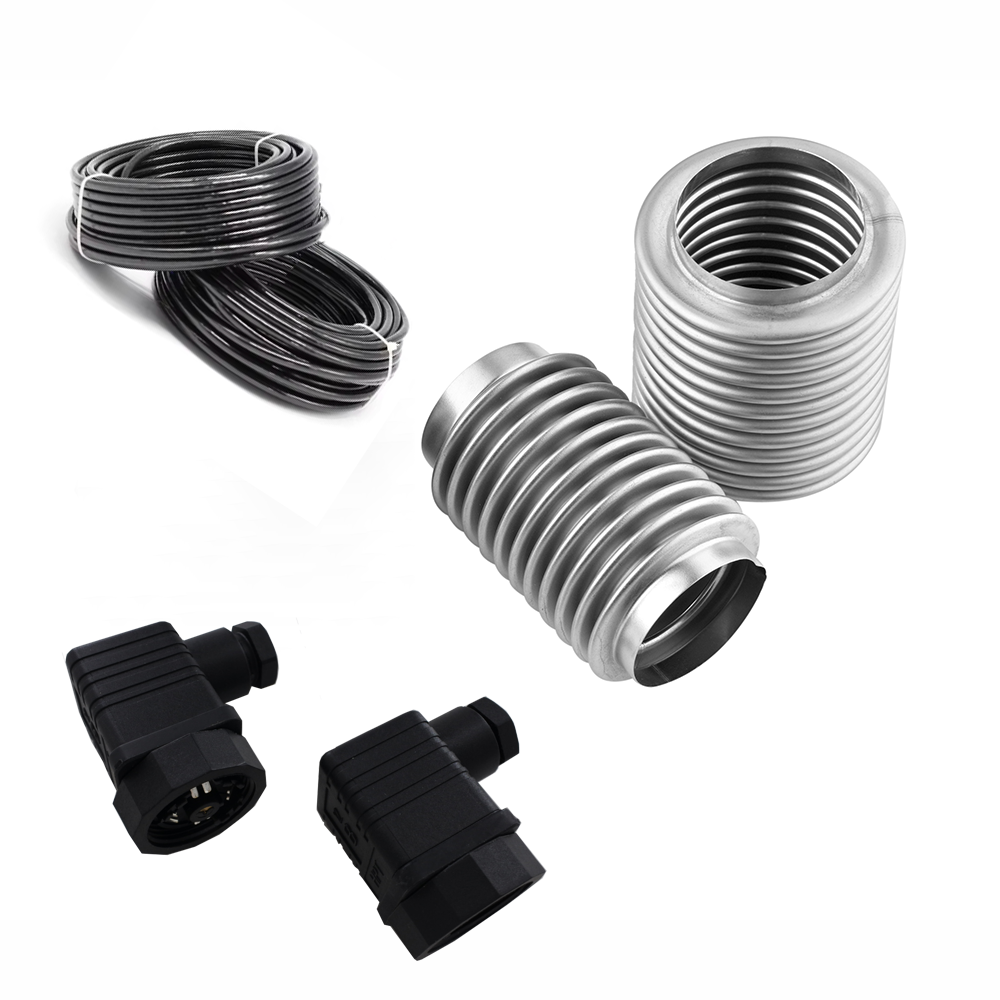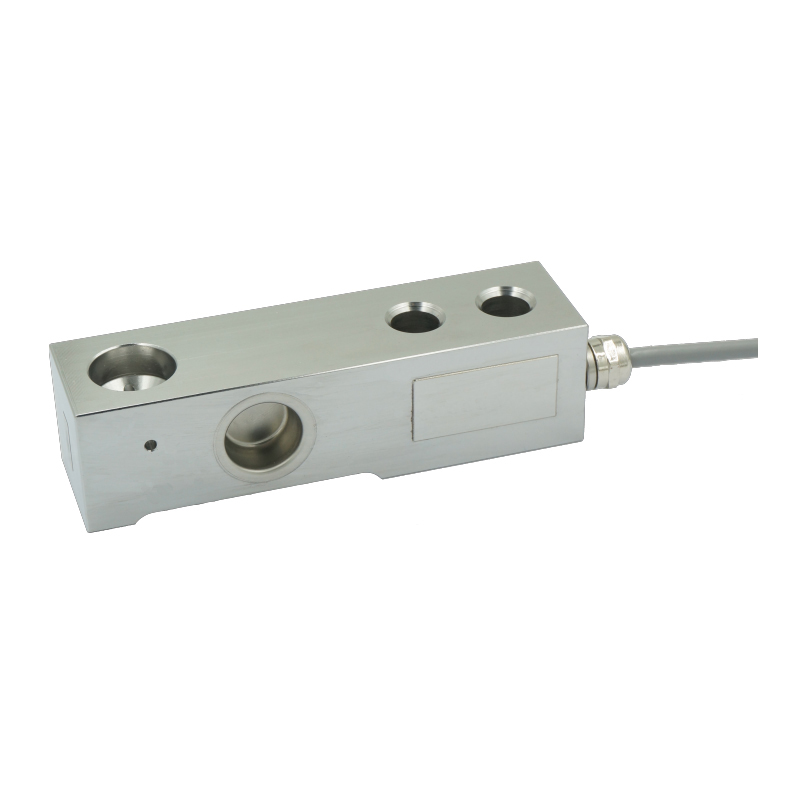Application of PC9 Piezoresistive Silicon Pressure Sensors in Dialysis Machines
From: Issued date 2025.08.14 Back
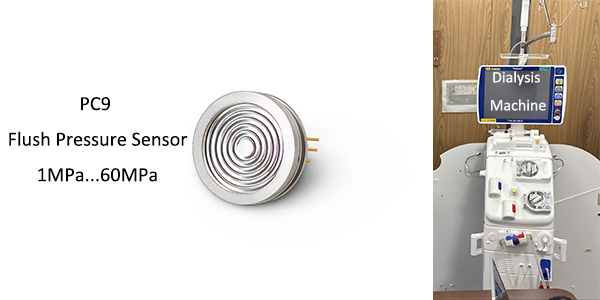
Dialysis machines are life-saving devices used by millions of patients worldwide suffering from kidney failure or severe kidney dysfunction. These machines perform the vital function of filtering waste products, excess fluids, and toxins from the blood when the kidneys can no longer do so naturally. Within the precise and sensitive environment of a dialysis system, reliable monitoring and control of pressure are critical for patient safety, treatment efficiency, and system durability.
Pressure transmitters are one of the key components in dialysis machines, ensuring that blood flow and dialysate circulation occur within safe and optimal ranges. Among the various sensing solutions available, the PC9 Piezoresistive Silicon Pressure Sensor stands out for its high accuracy, robust design, and ability to withstand biomedical requirements.
This article will explain how dialysis machines work, why precise pressure monitoring is essential, and how the PC9 sensor plays a pivotal role in enhancing performance and safety.
2. How Dialysis Machines Work
A dialysis machine replicates some functions of healthy kidneys. The process can be broken down into several main steps:
Blood Withdrawal:
Blood is drawn from the patient through a vascular access point, typically in the arm.Blood Filtration through the Dialyzer:
The blood enters a dialyzer (also known as the artificial kidney), which contains a semi-permeable membrane. On one side flows the patient’s blood; on the other side flows a specially formulated dialysis fluid, or dialysate.Diffusion and Ultrafiltration:
Waste molecules (like urea and creatinine) diffuse through the membrane into the dialysate, while controlled fluid removal is achieved via pressure gradients. Electrolytes and fluid balance are also adjusted at this stage.Clean Blood Return:
The filtered blood is returned to the patient’s body.
Throughout this process, pressure monitoring is essential to:
Maintain safe transmembrane pressure (TMP) between blood and dialysate.
Prevent hemolysis (damage to red blood cells) from excessive pressure.
Detect blockages, leaks, or other malfunctions early.
Regulate ultrafiltration rates for precise fluid removal.
Any deviation from the correct pressure can compromise both patient safety and machine performance, making high-quality pressure sensing a non-negotiable requirement.
3. Importance of Pressure Transmitters in Dialysis Machines
In modern dialysis systems, pressure transmitters work continuously to monitor:
Arterial Pressure: Pressure in the bloodline from the patient to the dialyzer.
Venous Pressure: Pressure in the bloodline returning to the patient.
Dialysate Pressure: Pressure within the dialysate circuit to ensure optimal exchange without damaging the membrane.
Transmembrane Pressure: Difference between blood and dialysate pressures across the membrane, crucial for fluid balance.
If pressures fall outside safe limits, the machine automatically adjusts pumps, valves, or triggers alarms. High reliability and accuracy are essential because even minor errors can have serious consequences.
This is where the PC9 Piezoresistive Silicon Pressure Sensor, when assembled into a pressure transmitter, provides a distinct advantage.
4. Overview of the PC9 Piezoresistive Silicon Pressure Sensor
The PC9 is a high-performance piezoresistive silicon pressure sensor designed as the core sensing element for manufacturing pressure transmitters. Its structure and materials make it particularly well-suited for the biomedical environment of dialysis machines.
Technical Highlights:
316L stainless steel housing for corrosion resistance and biocompatibility.
All-solid structure — external pressure is transmitted to the sensing die via a stainless steel diaphragm and internally sealed silicone oil, preventing direct contact between the medium and the sensor die.
Wide temperature compensation ensures stable performance across clinical operation ranges.
O-ring sealing for easy integration into system designs.
High reliability with protection against shock, vibration, and moisture ingress.
Available in constant current or constant voltage excitation options.
These features enable the PC9 to operate in environments where fluid purity, sterility, and long-term stability are essential.
5. Application of the PC9 in Dialysis Machine Pressure Transmitters
5.1 Bloodline Pressure Monitoring
In both the arterial and venous lines of a dialysis machine, pressure must remain within strict limits. Excessive arterial negative pressure can cause vascular collapse or air entry, while excessive venous positive pressure can indicate clot formation or blockage.
By integrating the PC9 sensor into the pressure transmitter, manufacturers can achieve:
High measurement accuracy for real-time monitoring.
Fast response to pressure fluctuations, ensuring safety alarms trigger promptly.
Reliable operation even after thousands of cycles, matching the long service life of dialysis machines.
5.2 Dialysate Circuit Monitoring
The PC9’s 316L stainless steel and isolated oil-filled design protect it from the chemical composition of dialysate, which can be mildly corrosive over time. In the dialysate circuit, the PC9-based transmitter ensures:
Stable monitoring of feed and waste dialysate pressures.
Prevention of backflow or membrane rupture.
Accurate control of pump and valve actuation for optimal dialysis efficiency.
5.3 Transmembrane Pressure Control
The difference in pressure between the blood and dialysate sides of the membrane determines the ultrafiltration rate — the amount of fluid removed from the patient. The PC9’s precision helps maintain this difference within safe margins, protecting both the patient’s health and the integrity of the dialyzer.
6. Advantages of the PC9 for Dialysis Machine Manufacturers
High Accuracy and Stability
Piezoresistive technology with high-quality silicon die ensures minimal drift, even during extended operation.Robust and Hygienic Design
The all-solid, isolated diaphragm structure prevents contamination and ensures compliance with biomedical safety standards.Resistance to Corrosive Media
316L stainless steel housing and internal oil isolation allow compatibility with disinfectants and dialysate fluids.Easy Integration
The O-ring seal and Φ19 mm standard OEM design make it simple to assemble into custom transmitter housings.Customizable to Specific Requirements
Wide temperature compensation, all-welded structures, anti-shock features, or special electrical outputs can be provided to meet specialized dialysis equipment needs.
7. Impact on Patient Safety and Treatment Quality
Using a high-quality pressure transmitter built around the PC9 sensor directly benefits patient outcomes by:
Preventing critical incidents like membrane rupture, air embolism, or vascular collapse.
Ensuring accurate fluid removal to avoid dehydration or fluid overload.
Minimizing downtime due to sensor failure, ensuring consistent treatment schedules.
From a manufacturer’s perspective, this reliability translates into fewer warranty claims, stronger brand reputation, and compliance with stringent medical device regulations.
8. Beyond Dialysis — Broader Biomedical Applications
While the PC9 is particularly suited for dialysis machine use, its performance also makes it valuable in other biomedical instruments, such as:
Blood filtration and apheresis systems.
Infusion pumps and patient monitoring devices.
Cardiopulmonary bypass machines.
Its combination of accuracy, safety, and durability ensures versatility across life-supporting systems.
In the highly regulated and safety-critical field of dialysis machine manufacturing, precision pressure monitoring is not just a technical requirement — it is a matter of patient survival. Pressure transmitters built using the PC9 Piezoresistive Silicon Pressure Sensor offer manufacturers a proven, high-performance solution that meets the demands of both the application and regulatory standards.
By delivering accurate readings, resisting corrosive environments, and ensuring long-term stability, the PC9 helps dialysis machines operate with the reliability patients and healthcare providers depend on. As kidney disease continues to affect millions globally, integrating robust sensing solutions like the PC9 into dialysis systems will remain a cornerstone of safe and effective treatment.
This article Tags: pressure sensor pressure transmitter
Back to List
